The Enigmatic Fusion of Prague: Where History Meets Modernity
Prague, the enchanting capital of the Czech Republic, is a city where the past and present intertwine in a mesmerizing dance. Its streets are a living tapestry, weaving together epochs of grandeur and innovation, medieval charm, and contemporary vibrancy. From the Gothic spires and Baroque facades to the bustling modern cafés and sleek skyscrapers, Prague is a place where time seems to collapse, offering an experience that is both nostalgic and fresh. This article delves into the multifaceted nature of Prague, exploring its rich historical heritage and its dynamic modern evolution.
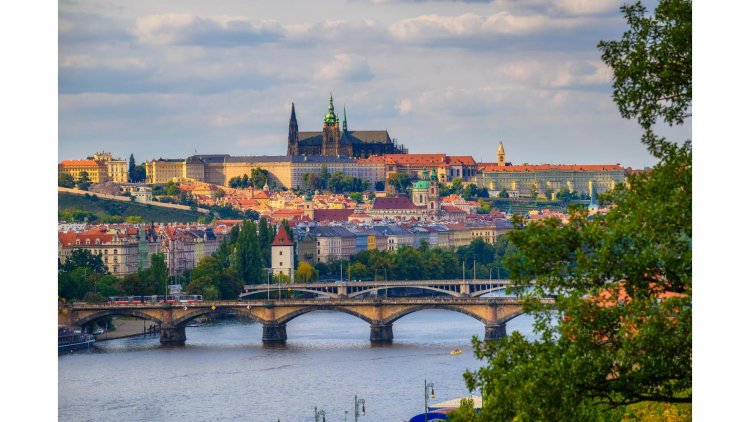
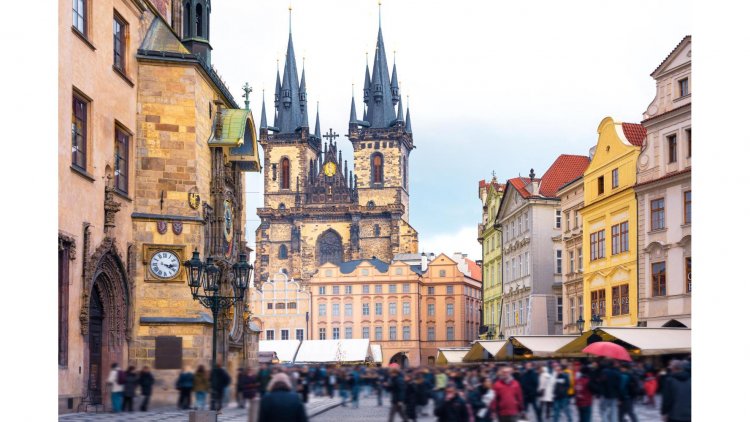
The Historical Tapestry of Prague
Medieval Marvels and Gothic Grandeur
The heart of Prague’s historical allure lies in its medieval and Gothic architecture, which stands as a testament to its illustrious past. The Old Town Square, the city's historic center, is a veritable showcase of Prague’s architectural evolution. Dominated by the Astronomical Clock (Prague Orloj), which has been captivating visitors since 1410, this square is a nexus of historical significance. The clock, with its intricate mechanism and animated figures, is a marvel of medieval engineering and artistry.
Nearby, the Tyn Church, with its twin spires piercing the sky, and the Church of St. Nicholas, adorned with elaborate Baroque details, add to the historic ambiance of Old Town. The narrow, cobblestone streets that meander through this area evoke a sense of stepping back in time, where every corner reveals a story from Prague’s past.
The Charles Bridge, spanning the Vltava River, is another iconic relic from the medieval period. Commissioned by Emperor Charles IV in the 14th century, this bridge is adorned with 30 statues of saints and offers picturesque views of the city. Its Gothic towers and the centuries-old stones beneath have witnessed countless historical events, from royal processions to market fairs.
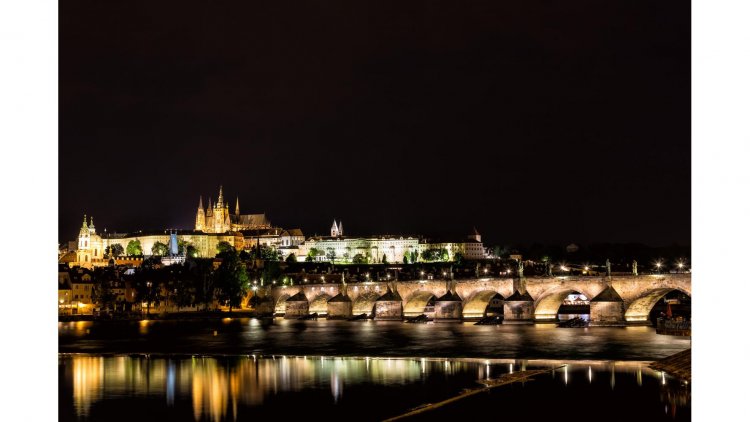
The Majestic Prague Castle
Overlooking the city, Prague Castle stands as the largest ancient castle complex in the world. Its origins date back to the 9th century, and it has served as the seat of Czech kings, emperors, and presidents. The castle complex includes the Gothic-style St. Vitus Cathedral, a masterpiece of stained glass and soaring arches, the Old Royal Palace, and the charming Golden Lane, which evokes a fairy-tale atmosphere with its quaint houses.
St. Vitus Cathedral, with its grand spires and intricate façade, is the most prominent feature of the castle complex. Its interior, decorated with colorful stained glass windows and elaborate tombs, is a reflection of Prague's artistic and religious heritage.
Prague’s Modern Metamorphosis
A Hub of Contemporary Culture
In stark contrast to its historical monuments, Prague has embraced modernity with enthusiasm, making it a hub of contemporary culture. The city's creative energy is palpable in its vibrant art scene, which includes cutting-edge galleries, experimental theaters, and innovative music venues. The Vinohrady district, in particular, is known for its bohemian atmosphere and is home to numerous modern cafés, boutiques, and art galleries.
One of the most striking examples of modern architecture in Prague is the Dancing House, also known as the Fred and Ginger Building. Designed by architects Frank Gehry and Vlado Milunić, this deconstructivist structure stands out against the backdrop of traditional buildings. Its curvaceous design, which resembles a dancing couple, symbolizes Prague’s ability to blend the old with the new seamlessly.
The Revitalization of Industrial Areas
Prague’s transformation is also evident in the revitalization of its industrial areas. The Holešovice district, once known for its factories and warehouses, has undergone a dramatic change. Today, it is a trendy neighborhood brimming with art galleries, tech startups, and cultural venues. The DOX Centre for Contemporary Art, located in Holešovice, exemplifies this shift. Its innovative exhibitions and architectural design make it a focal point of Prague’s modern art scene.
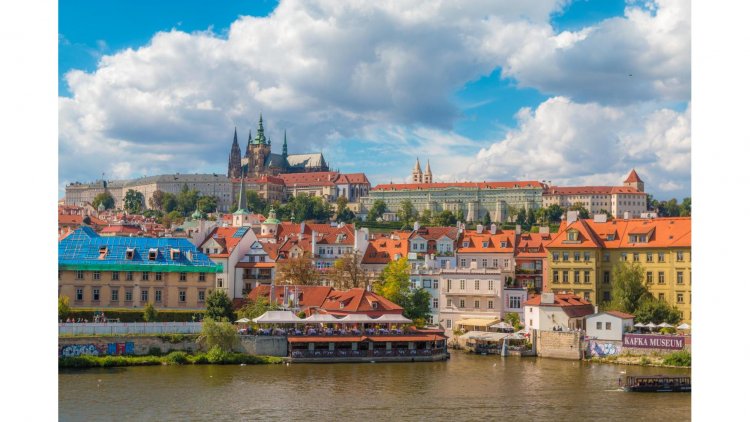
The Fusion of Old and New in Culinary Experiences
Prague’s dining scene reflects the city’s blend of historical and modern influences. Traditional Czech cuisine, with its hearty fare and time-honored recipes, is still widely celebrated. However, the city has also embraced global culinary trends, offering a diverse range of dining options. From traditional Czech pubs serving goulash and pilsner to avant-garde restaurants offering fusion cuisine and craft cocktails, Prague caters to every palate.
The farmers' markets, such as the one at Náplavka, provide a glimpse into Prague's modern food culture. These markets, set along the Vltava River, feature fresh produce, artisanal products, and a lively atmosphere that showcases the city’s contemporary lifestyle.
The Dual Nature of Prague’s Identity
Bridging the Gap Between Eras
The charm of Prague lies in its ability to bridge the gap between different eras. The city’s historical districts, with their cobblestone streets and medieval architecture, offer a glimpse into its storied past. In contrast, the modern districts, with their sleek designs and contemporary flair, reflect the city’s dynamic present. This blend of old and new creates a unique atmosphere that attracts visitors from around the world.
Cultural Festivals and Events
Prague’s cultural calendar is a testament to its dual nature. The city hosts a variety of festivals and events that celebrate both its historical heritage and modern creativity. The Prague Spring International Music Festival, for example, showcases classical music and opera in historic venues, while the Signal Festival transforms the city into a canvas for light art and digital projections.
In addition to these, Prague’s vibrant nightlife, with its mix of traditional pubs and modern clubs, further exemplifies the city’s eclectic character. The interplay of historical charm and contemporary innovation makes Prague a city of contrasts, where every visit promises new discoveries and experiences.
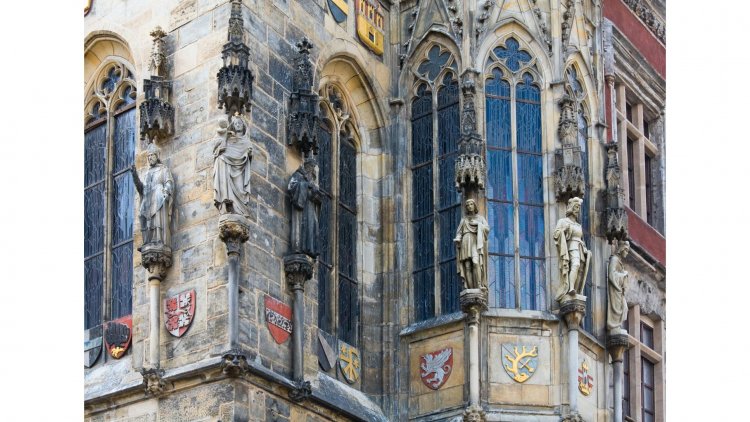
A City in Constant Evolution
The Architectural Evolution Continues
Prague’s architectural landscape is in a state of perpetual evolution. Recent years have seen a surge in innovative construction projects that push the boundaries of design while respecting the city’s historical context. One notable example is the city’s new high-rise developments, which add a modern edge to the skyline without overshadowing the historical landmarks. Projects like the New City Hall and the Quadrio complex exemplify this trend, integrating contemporary aesthetics with functional design.
The integration of green architecture has also gained momentum in Prague. Sustainable buildings and eco-friendly designs are becoming more prevalent, reflecting a global shift towards environmental consciousness. This blend of modern sustainability with historical preservation underscores Prague's commitment to innovation while honoring its past.
The Tech and Startup Scene
The rise of Prague as a tech hub is another indicator of its modern metamorphosis. The city’s burgeoning startup ecosystem is fostering innovation across various sectors, including technology, finance, and creative industries. The impact of this digital revolution is visible in the increasing number of co-working spaces, tech incubators, and entrepreneurial events that populate the city.
Tech startups like Avast, a cybersecurity company founded in Prague, have gained international recognition, highlighting the city's growing influence in the tech world. Additionally, events such as the WebExpo conference attract global tech professionals and enthusiasts, further establishing Prague as a key player in the digital economy.
A Cultural Melting Pot
Prague's cultural scene is an eclectic mix of global influences and local traditions. The city’s international community has contributed to a vibrant cultural mosaic that is evident in its festivals, art scenes, and culinary offerings. The Prague International Film Festival, for instance, showcases films from around the world, while local artists and performers bring unique Czech perspectives to the global stage.
The city’s various cultural institutions, including the National Gallery and the State Opera, continue to celebrate and preserve its rich artistic heritage. At the same time, contemporary art spaces and performance venues push creative boundaries and reflect the evolving tastes and trends of modern Prague.
The Changing Face of Prague’s Neighborhoods
As Prague continues to evolve, its neighborhoods are undergoing significant transformations. Areas like Smíchov and Karlín, once primarily industrial, have been revitalized into lively urban districts with modern residential complexes, trendy bars, and cultural hotspots. This transformation has not only altered the cityscape but also contributed to the broader social and economic dynamics of Prague.
The infusion of modern amenities and businesses into these neighborhoods has created new opportunities for residents and visitors alike. The repurposing of old industrial sites into vibrant community spaces, such as parks and cultural centers, illustrates how Prague is blending its historical past with contemporary needs.
Experiencing Prague: A Journey Through Time
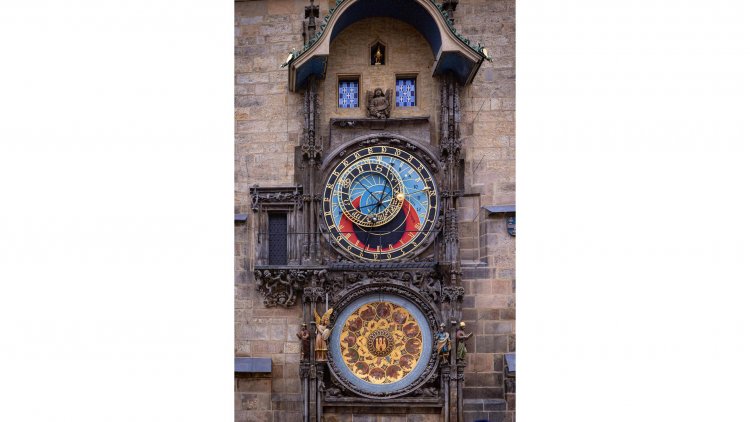
Walking Tours: From Medieval to Modern
One of the best ways to experience Prague's unique blend of history and modernity is through its walking tours. These tours offer an immersive journey through the city’s different eras, from the medieval Old Town to the contemporary art scenes. Guides often provide fascinating insights into the city’s history, architecture, and culture, making it easier to appreciate the juxtaposition of old and new.
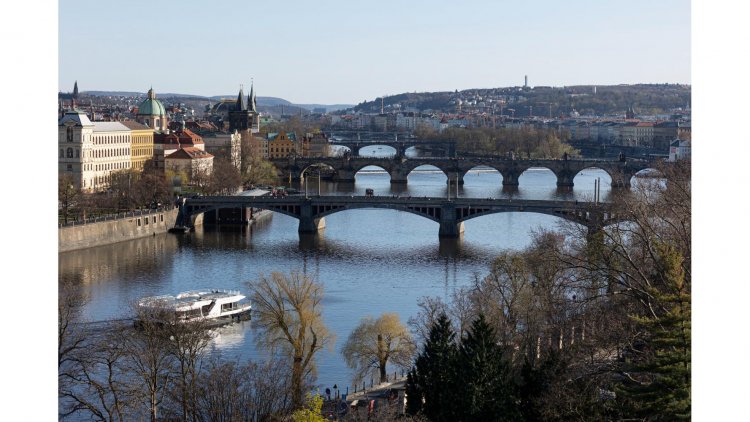
Public Transport: A Modern Convenience
Prague’s efficient public transport system, which includes trams, buses, and the metro, reflects the city’s commitment to modern convenience. The transport network not only facilitates easy exploration of the city’s diverse neighborhoods but also connects historical landmarks with modern attractions seamlessly.
The recent modernization of the metro lines and the introduction of electric trams highlight Prague's efforts to embrace sustainability while maintaining a high standard of urban mobility. This blend of practicality and innovation ensures that both residents and tourists can navigate the city with ease.
The Role of Local Cuisine
Food plays a significant role in experiencing Prague's dual nature. Traditional Czech dishes, such as svíčková (marinated beef with creamy sauce) and trdelník (a sweet pastry), offer a taste of the city’s historical roots. In contrast, contemporary restaurants and international eateries showcase Prague’s modern culinary scene, featuring diverse cuisines from around the globe.
Food festivals and culinary events, such as the Prague Food Festival and the Czech Beer Festival, further illustrate the city’s gastronomic evolution. These events celebrate both traditional and modern food cultures, allowing visitors to sample a wide range of flavors and culinary innovations.
The Evolution of Entertainment
Prague's entertainment scene reflects its dynamic blend of history and modernity. Historic theaters, such as the National Theater and the Estates Theater, continue to host classical performances and operas, while contemporary venues like the Roxy and Palác Akropolis offer live music, DJ sets, and other modern entertainment options.
The city’s vibrant nightlife also mirrors this fusion of old and new. Traditional beer halls and pubs coexist with chic cocktail bars and nightclubs, providing a diverse array of options for a night out in Prague.
Embracing the Digital Era
In the digital age, Prague has embraced technological advancements to enhance the visitor experience. Apps for navigation, augmented reality tours, and digital ticketing options have become integral to exploring the city. These tools not only make it easier for visitors to navigate Prague but also provide interactive ways to engage with its history and culture.

Reflecting on Prague’s Unique Character
Prague's allure lies in its seamless integration of historical grandeur and modern innovation. The city's ability to preserve its rich heritage while embracing contemporary trends creates a unique and multifaceted experience. Whether exploring its medieval landmarks, enjoying its modern amenities, or indulging in its diverse culinary scene, visitors are continuously reminded of Prague's enchanting ability to blend the old with the new.
This dynamic interplay of eras ensures that Prague remains a city of contrasts, where every corner tells a story and every experience offers a glimpse into its ever-evolving character. From its storied past to its vibrant present, Prague continues to captivate and inspire, making it a truly extraordinary destination.
Disclaimer: The information provided in this article is for educational purposes only and should not be considered medical advice. If you have any health concerns or are experiencing symptoms, it is important to consult with a healthcare professional, such as a doctor or clinic, for proper diagnosis and treatment. Always seek the advice of your doctor or other qualified health provider with any questions you may have regarding a medical condition. Do not disregard professional medical advice or delay in seeking it because of something you have read in this article.
What's Your Reaction?





















